
James Polk was born in a log cabin (though a large one) on his father’s 150-acre cotton farm in Pineville, North Carolina, in 1795. The family moved to Tennessee in 1806, when Polk was 11, and they sold the property a few years later.

The local chapter of the Daughters of the American Revolution erected the first commemoration on the site, in 1904.
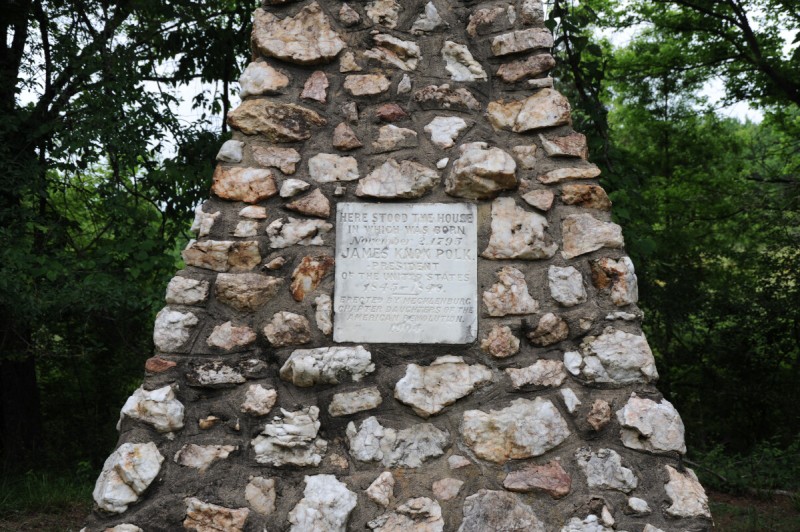
The pyramidal pile had to be moved aside in 1966, to accommodate the construction of a replica of the original cabin, part of a state-funded park established to honor Polk.
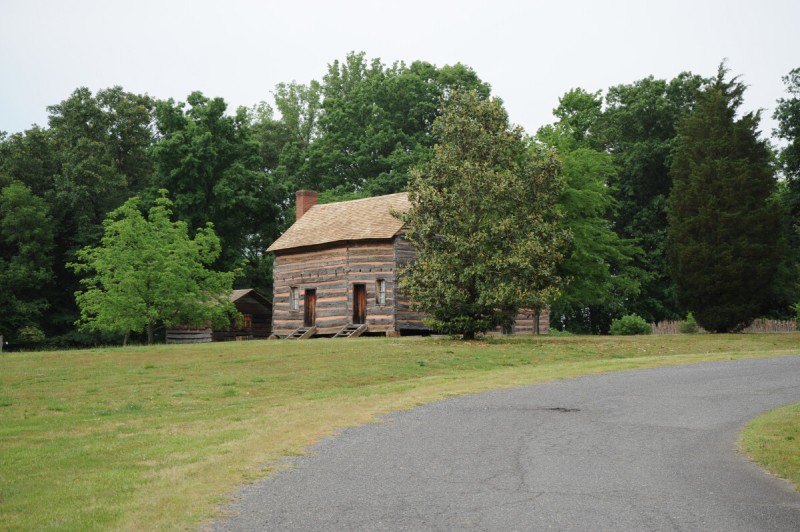
The cabin was reconstructed from a brief description made by a public official who had visited the site in 1849, and they used logs from an old cabin found a few miles away. The park opened in 1968.
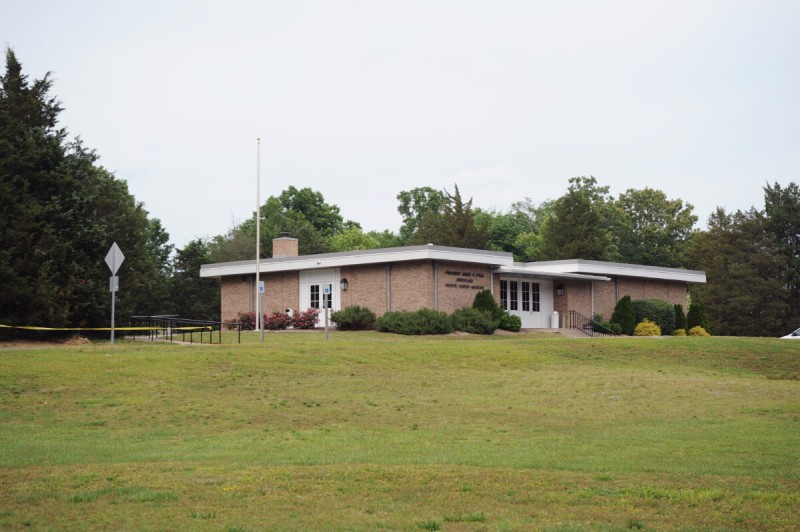
There is a visitor center.
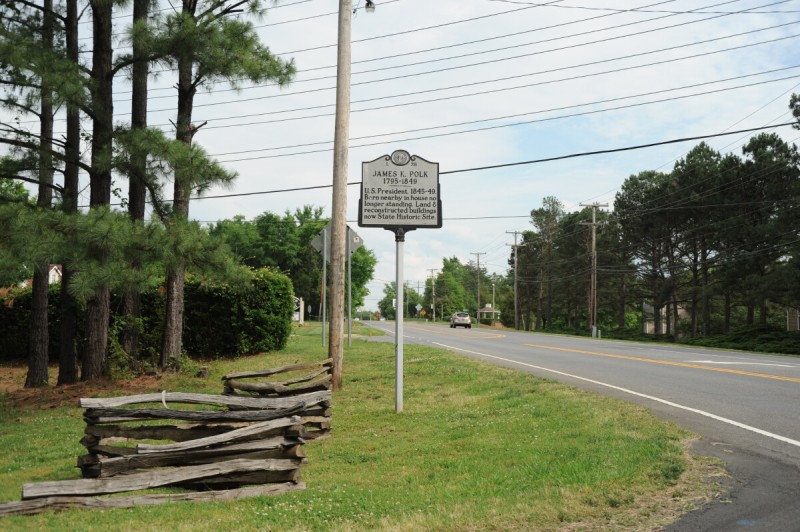
The site is south of Charlotte, North Carolina, and only 15 miles from the state park at the birthplace of Andrew Jackson, the other president associated with Tennessee.
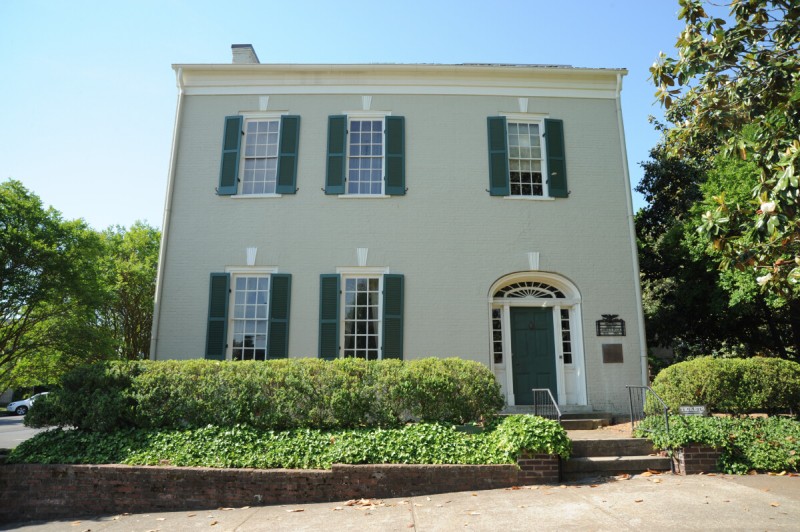
Like most presidents, Polk studied law. He established his practice in Columbia, Tennessee, where his parents had built a fine Federal Style brick house in 1816, while he was still in college.
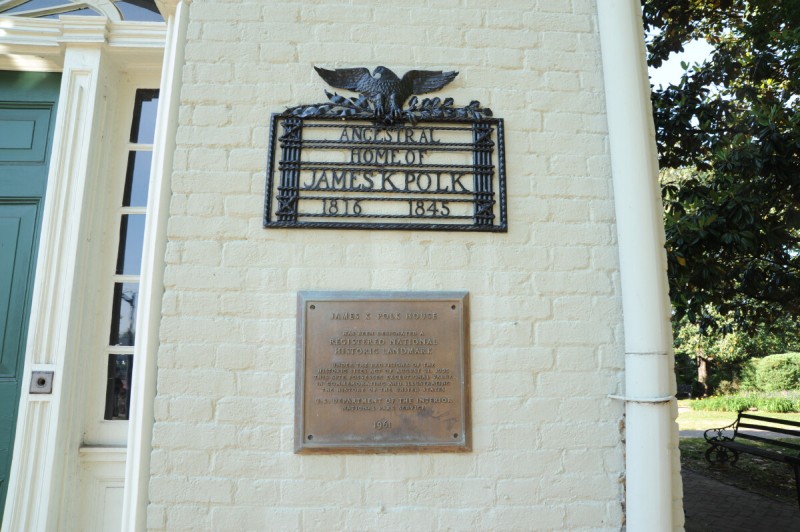
He moved into it after school, and lived there until 1824, when he married. Polk began his political career, and the couple moved frequently, to places like the Governor’s Mansion, or the White House.
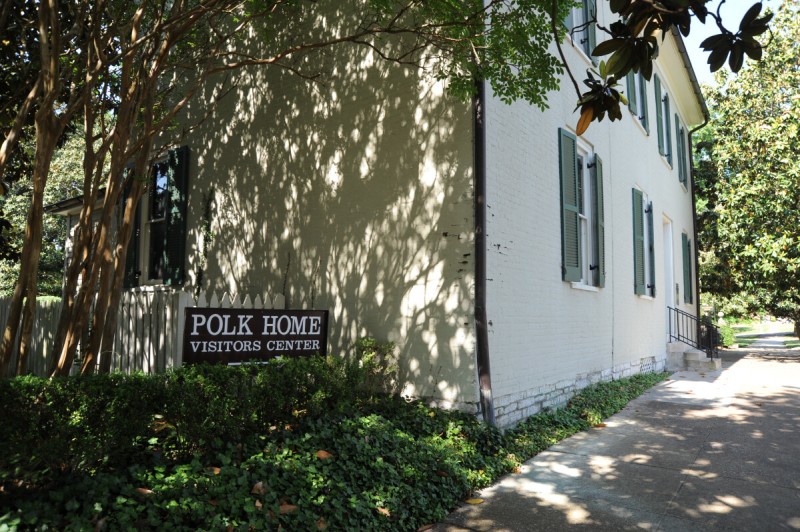
This is the only extant private house that Polk lived in, and it has been preserved to commemorate his connection to Tennessee, the state he considered home.

In 1849, Polk left the White House at the end of his presidency, and moved into a large home in Nashville, anticipating a nice long retirement, but he died of cholera, three months later, at age 53.
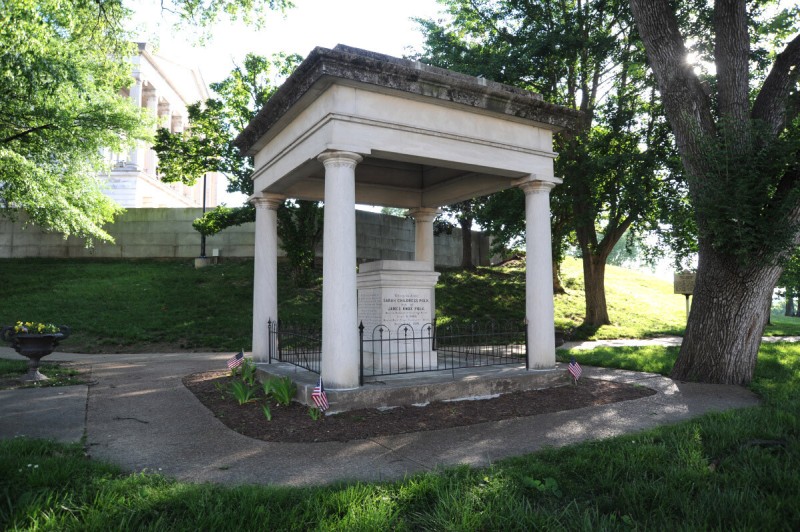
His wife Sarah stayed on at Polk Place for 42 years, until her death in 1891. Two years later their bodies were disinterred from the grounds of Polk Place and placed inside a new tomb on the grounds of the State Capitol, in Nashville.
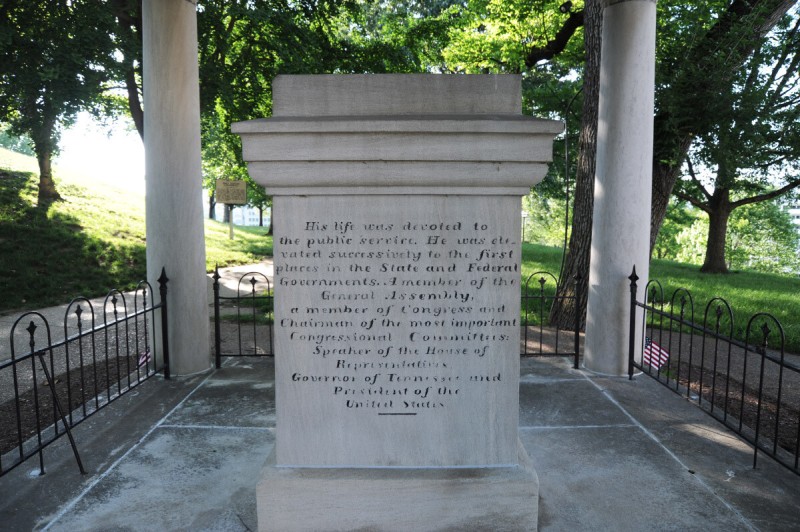
Polk Place was sold by their heirs, and after attempts to preserve it failed, it was demolished in 1900. The site now has a motel on it.
